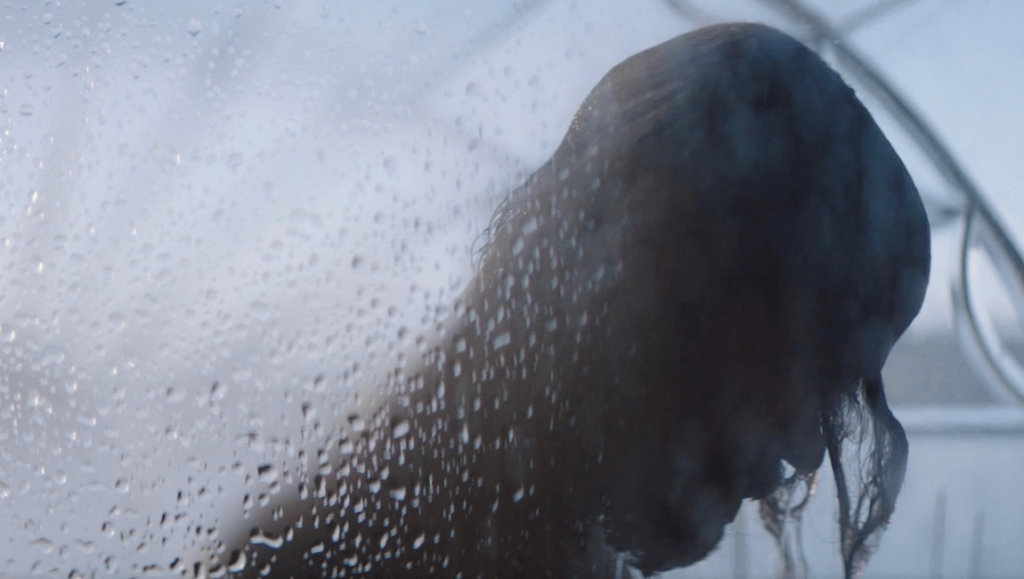Neuroimaging studies of people who have recently experienced grief show that coping with death and loss significantly impacts human brain function. Voluntary actions, like memory recall and talking, are affected, as well as involuntary ones, like regulating heart rate and feeling pain. Many people report sadness and yearning, of course, but some also state a lack of focus and frequent confusion. Common sense also obviously speaks to this, but it’s worth putting in straightforward terms that traumatic experiences can also literally change our brains on a material level, creating, destroying, or rerouting certain neural connections and fundamentally altering our experience of our internal or external worlds. The cliche observation that “everyone’s experience of grief is different” may be evident, but it’s interesting how profoundly this is true from the perspective of applied science rather than social science. Understanding this allows us to more singularly experience its various depictions in art.
In Midday Black Midnight Blue, the feature debut from writer/director duo Samantha Soule and Daniel Talbott, main character Ian’s grief is realized as a haunting, opaque experience. In its every move, the film seems to showcase his feelings of loss as a crushing, all-encompassing nightmare, one that often interjects in illusory form, and persists even two decades after the death of a woman he loved, Liv (played by Soule). Everything from the screenplay to the editing to the cinematography reflects this particular oppression, steeping the film in attempts at conjuring a profound statement on grief. But instead, Soule and Talbott’s approach ends up creating a convoluted film that feels unproductively hazy, and which saps much of the potential emotionality.
The directors’ guiding mode of expressionism is quite tangible, with most of Midday Black Midnight Blue oriented only to situate viewers firmly in Ian’s unenviable shoes. Shot on location on Puget Sound’s beautiful Whidbey Island, the film is instead a surprisingly muted and drab affair. Soule and Talbott intentionally elide the island’s beautiful landscapes in favor of more inconsequential medium and close-up shots, an articulation of the claustrophobic ennui that dominates his existence. Even the few wides included here are poorly composed and feel washed out. It’s an overt tactic, one that does little to add any depth to Ian’s depiction and unfortunately results in a fairly ugly film. Midday Black Midnight Blue’s plot, which in sticking with the directors’ approach is less of a traditional narrative and more of a meandering collection of memories and interactions, likewise abstracts and fragments Ian’s existence, follows him through his daily routine, which seems to mostly consist of spinning memories of Liv, the good and the bad, on repeat. The film’s most successful stylistic gambit comes in scenes where past and present are woven together, the real and imagined playing out on top of each other in the same physical space, with us left to watch Ian as he watches his realities, fantasies, and memories unfold. The impression is that Ian is slowly losing his grasp on reality, and these sequences become more jumbled and jumpy as the film progresses, sometimes repeating the same “memory” multiple times to different results.
There’s much debate in the critical community on how exactly to engage with or esteem vibes films, with their merits existing on an altogether different spectrum of subjectivity. So too is that the case with depictions of grief in film, and so the particular mode of expression Soule and Talbott opt for makes a certain amount of sense. To be sure, then, there will be viewers for whom Midday Black Midnight Blue will resonate, and likely with force. But for most, it’s likely to land as a confusing attempt at catharsis that, in its efforts to construct palpable melancholia, instead suffocates viewers within its insistent misery.
Published as part of InRO Weekly — Volume 1, Issue 25.
Enjoy our content? Want early access to features, interviews, and more? Support us on Patreon!


Comments are closed.